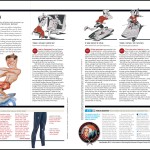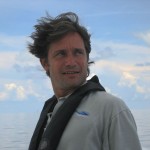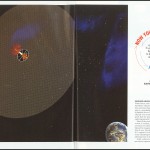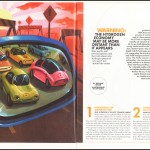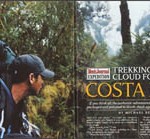 Trekking Virgin Cloud Forest in Costa Rica Download PDF
Trekking Virgin Cloud Forest in Costa Rica Download PDF
If you think all the authentic adventures in Costa Rica have been packaged and polished to death, think again. Welcome to the jungle.
“He’s not far ahead,” declares my trekking guide, a lanky, wiry haired 26-year-old Costa Rican named Andre’s Vargas, as he plods up a switchback in the jungle.
Who, exactly, is he?” I ask.
“Look down,” says Vargas, pointing to a foot-wide hoofprint in the muddy trail.
“What the hell is that?”
“Fresh tracks, from a tapir,” he says.
“A what?” Judging from the colossal print I imagine a wild boar on steroids and wonder if the machete we’ve packed is within easy reach.
A tapir, Vargas explains, is, in fact, a piglike mamal indigenous to Southeast Asia and Central and South America. It looks almost prehistoric: part anteater, part hippo. A full-grown adult stands three feet tall at its shoulders, measures six feet long, and can weigh almost Loco pounds. They are shy, nocturnal creatures that normally steer clear of humans and other predators, which in Costa Rica include pumas, jaguars, and am. But if you startle a tapir—particularly a female with calves—expect a fight, Vargas says. With its powerful snout the beast will slam you onto the ground, then administer a vicious stomping with its massive hooves. Continue reading


